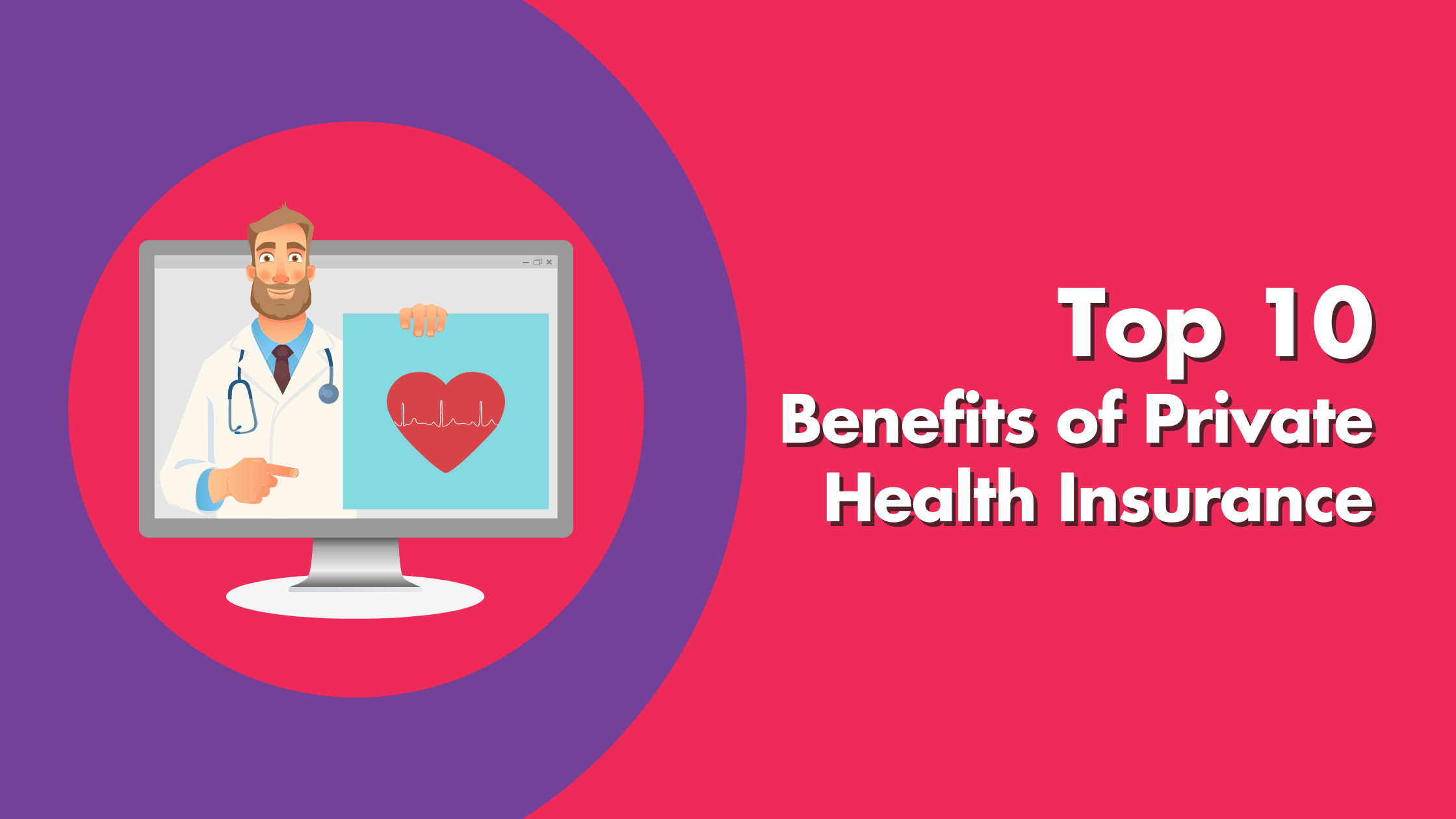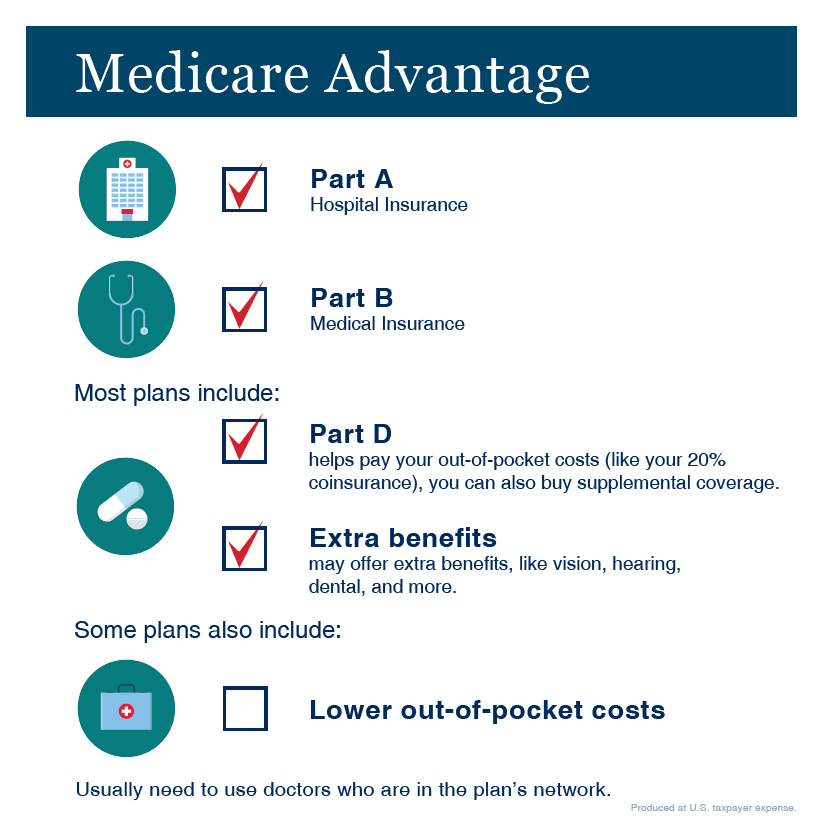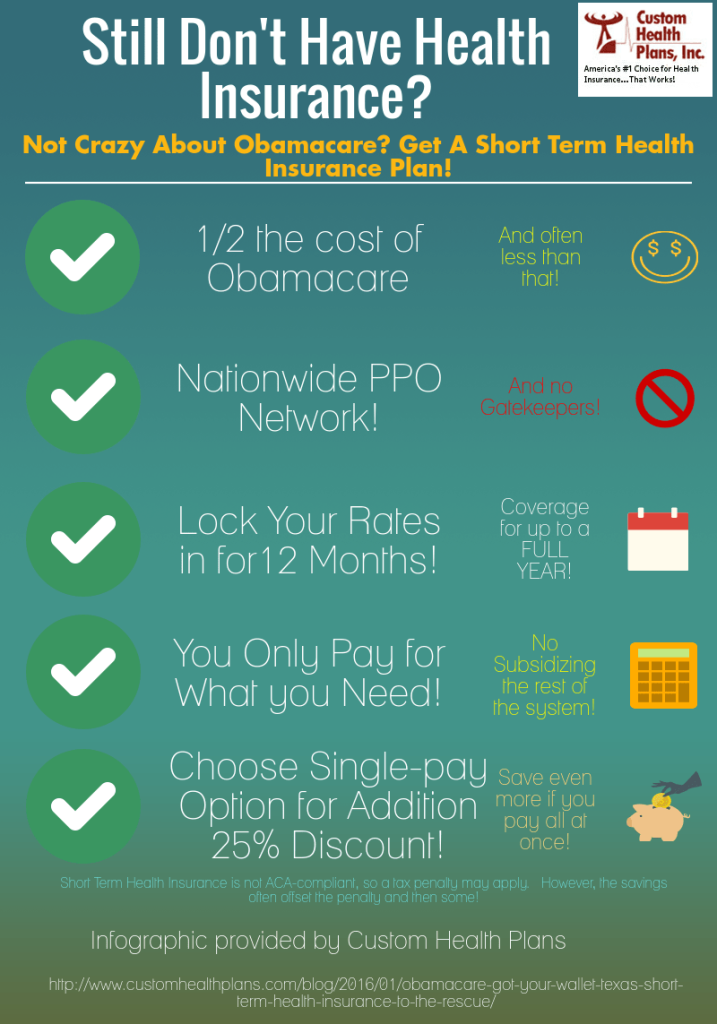What Does Medicare Advantage Agent Do?
Table of Contents10 Easy Facts About Medicare Advantage Agent DescribedFascination About Medicare Advantage Agent6 Simple Techniques For Medicare Advantage Agent

adheres to from puzzling the relatively young age profile of the uninsured with the far better health and wellness, typically, of more youthful individuals. This obscures the web link between health and wellness condition and medical insurance. For those without accessibility to work environment medical insurance, poor wellness is a prospective barrier to acquiring nongroup protection because such coverage may be very valued, omit pre-existing conditions, or be merely inaccessible. The number of without insurance Americans is not particularly huge and has actually not transformed over the last few years. Seven out of 10 participants in a nationally depictive study believed that less Americans lacked medical insurance than in fact do(Fronstin, 1998). Approximately fifty percent(47 percent )thought that the number of individuals without medical insurance decreased or stayed continuous over the last fifty percent of the last decade(Blendon et al., 1999). This decrease of virtually 2 million in the variety of individuals 'without insurance (a decrease
of around 4 percent)is definitely a favorable adjustment. With a softer economy in 2000 the most up to date reported gains in insurance protection may not proceed(Fronstin, 2001 ). The decrease in the variety of without insurance will certainly not proceed if the economic climate continues to be slow and healthcare expenses remain to exceed rising cost of living. This is because the data were gathered for a period of strong economic performance. Of the estimated 42 million people that were uninsured, just about regarding 420,000(about 1 percent)were under 65 years old, the age at which most Americans come to be eligible for Medicare; 32 million were adults between ages 18 and 65, about 19 percent of all grownups in this age team; and 10 million were youngsters under 18 years old, regarding 13.9 percent of all youngsters (Mills, 2000). These price quotes of the variety of persons uninsured are created from the annual March Supplement to the Current Populace Study (CPS), carried out by the Census Bureau. Unless otherwise noted, national quotes of people without health insurance coverage and percentages of the populace with various type of protection are based on the CPS, the most widely made use of resource of price quotes of insurance policy protection and uninsurance rates. These surveys and the estimates they produce are defined briefly in Table B. 1 in Appendix B - Medicare Advantage Agent. These studies vary in dimension and sampling methods, the concerns that are inquired about insurance
The 9-Second Trick For Medicare Advantage Agent
insurance coverage, and the moment period over which insurance policy coverage or uninsurance is determined(Lewis et al., 1998, Fronstin, 2000a ). Still, the CPS is especially beneficial because it generates annual price quotes fairly quickly, reporting the previous year's insurance policy coverage approximates each September, and since it is the basis for a consistent collection of price quotes for even more than twenty years, enabling analysis of trends in coverage with time.

9 Easy Facts About Medicare Advantage Agent Explained
Over a three-year duration beginning early in 1993, 72 million individuals, 29 percent of the U.S. population, were without insurance coverage for at the very least one month. Within a single year(1994), 53 million people experienced at the very least a month without protection(Bennefield, 1998a). Six out of every ten without insurance adults are themselves utilized. Although working does boost the probability that a person and one's member of the family will have insurance coverage, it is not a guarantee. Also members of families with two full time breadwinner have nearly a one-in-ten possibility of being without insurance (9.1 percent uninsured price)(Hoffman and Pohl, 2000 ). The relationship between wellness insurance coverage and access to care is well established, as recorded later in this chapter. Although the connection between wellness insurance policy and health end results is neither direct neither easy, a considerable professional and health and wellness services research study literary works links medical insurance coverage
to improved access to care, much better quality, and boosted personal and population wellness standing. For example, the second record, on individual wellness end results for uninsured adults, is represented by the inner circle of the number, while the third report, on family well-being, incorporates the topics of the 2nd record but highlights a different unit of evaluation, namely, the family. The 6th record in the series will offer details concerning techniques and efforts carried out in your area, statewide, or nationally to deal with the lack of insurance and its negative effects. Degrees of evaluation for analyzing the impacts of uninsurance. This conversation of health and wellness insurance coverage concentrates mainly on the U.S. populace under age 65 since practically all Americans 65 and older have Medicare or various other public insurance coverage.
It concentrates especially on those without any type of wellness Homepage insurance policy for any kind of length of time. The troubles encountered by the underinsured remain in some aspects similar to those faced by next the uninsured, although they are typically much less severe. Uninsurance and underinsurance, however, involve noticeably different policy problems, and the strategies for addressing them might vary. Throughout this study and the five reports to adhere to, the primary focus is on persons with no health and wellness insurance and thus no support in spending for healthcare beyond what is offered with charity and security web establishments. Medical insurance is a powerful factor impacting receipt of care due to the fact that both patients and physicians react to the out-of-pocket rate of solutions. Medical insurance, nevertheless, is neither necessary nor sufficient to access to medical services. The independent and straight result of wellness
insurance coverage protection access to health services is well establishedDeveloped Others will certainly acquire the health treatment they need even without wellness insurance, by spending for it expense or seeking it from carriers who offer treatment complimentary or at highly subsidized prices. For still others, medical insurance alone does not ensure receipt of treatment since of various other nonfinancial obstacles, such as a lack of healthcare suppliers in their community, restricted accessibility to transportation, illiteracy, or etymological and social differences. Official study about without insurance populations in the USA dates to the late 1920s and early 1930s when the Committee on the Price of Treatment created a collection of reports regarding funding medical professional office visits and hospital stays. This problem became prominent as the varieties of clinically indigent climbed up during the Great Anxiety. Empirical researches continually support the link in between access to care and enhanced wellness end results(Bindman et al., 1995; Starfield, 1995 ). Having a regular resource of treatment can be taken into consideration a forecaster of access, instead than a direct procedure of it, when health outcomes are themselves utilized as gain access to signs. This extension of the notion of gain access to dimension was made by the IOM Committee on Keeping An Eye On Accessibility to Personal Health And Wellness Treatment Services(Millman, 1993, p. Whether parents are insured appears to affect whether or not their youngsters obtain treatment along with just how much careeven if the kids themselves have coverage(Hanson, 1998). The health of parents can influence their ability to take care of their children and the level of household anxiety. Stressing over their children's accessibility to care is itself a resource of anxiety for moms and dads. 3 directory chapters follow in this report. Chapter 2 provides an overview of how employment-based health and wellness insurance, public programs and individual insurance plans run and interact to provide extensive but incomplete coverage of the united state populace. This includes a review of historic patterns and public policies impacting both public and private insurance policy, a conversation of the interactions among the various kinds of insurance, and an evaluation of why individuals move from one program to another or wind up
